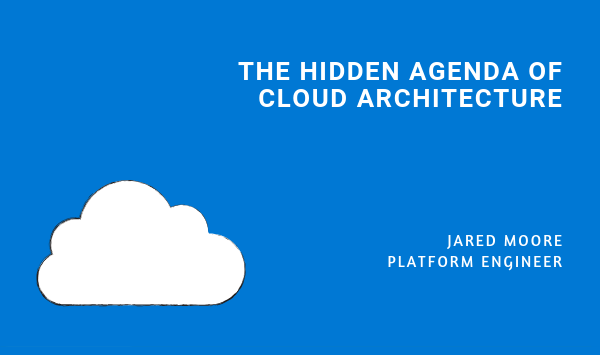The worldwide public cloud services market is projected to grow 17.5% in 2019 to total £170 billion,
up from £144.8 billion in 2018*.
This is a staggering shift in our not-so-little world of IT and keeping up with the latest and greatest has never been as important as it is today. For those considering public cloud, or those who have already made some investments, a good cloud architecture design is the first fundamental step to take to be ready for your next big step in digital transformation. My top tips for a rock-solid cloud architecture design are:
Start with a strong framework
A well-architected cloud can be defined simplistically. Your design must be a strong framework which provides a solid foundation for building and scaling out your services whilst ensuring you remain flexible enough to meet those ever more dynamic environments of the enterprise. Starting with a strong framework means your cloud performs above expectation, is secure and reliable, whilst still being cost-effective.
Governance and security are key
At its core, the foundation of your cloud architecture should be based on governance. Your approach must ensure that you can consistently manage and monitor your environments. The structure of your design must have strict policies and strong naming standards, with security at the forefront of your design. Authentication and access policies allow for the cloud to be segmented to the appropriate business units and teams, wrapped up with appropriate comprehensive monitoring and cost management. The most important way to achieve this is by maintaining compliance with your governance model.
Public cloud can be just as, if not more, secure than traditional datacentres with a well-architected design. However, if key security design principles are neglected this can leave you exposed to abuse and industry none-compliance.
Take the time to get it right
When designing your cloud platform, you need to consider the core purpose and choose the appropriate cloud model, whether it be Infrastructure-as-a-Service (IaaS), or Platform-as-a-Service (PaaS), or a combination of the two, to ensure your design is tailored exactly to the requirement and ensure your governance model is designed as appropriate.
It is common for enterprises to accelerate their digital transformation and adopt cloud services without a well thought out design and implementation strategy due to poorly architected cloud environments. This can leave your enterprise exposed as they are implemented outside of best practice resulting in inefficiency and/or non-cost effective solutions.
Automation, automation, automation
Last but not least, you need a repeatable design, which can successfully be automated and scaled out efficiently to meet enterprise demands.
Automation is the foundation of your cloud architecture strategy. Ensuring that your organisation adopts automation from the get-go enables you to have a consistent framework which can be deployed the same each time. This can be achieved by using tools such as GitHub for version-control and for tracking changes in source code through the whole team. This removes the single points of failure and adds the element of control and compliance by using referenced architecture which you know already fits within your governance frameworks.
Finally, we can use this same source control for repeatable designs, simply by having all the code we require and using Infrastructure-as-Code tools such as Terraform or Ansible to do all the heavy lifting. Cloud automation is a great way to accelerate your cloud strategy and enable DevOps implementation to ensure that rock-solid cloud architecture for your organisation.
Cloud solutions were first designed to host single, relatively isolated applications but as organisations migrate multiple large-scale workloads the need for addressing security, reliability, performance and cost concerns of deployments in one or more regions becomes vital. Building applications and solutions in Azure in “silos” can lead to inconsistencies and duplicate costs across builds. Our Azure Governance solution provides a managed, best practice reference architecture through the use of IaaS, PaaS, and serverless constructs.
*According to Gartner Inc. Prices amended from USD to GBP.

Jared Moore
Platform Engineer
Jared joined the cloud team over 3 years ago and since then he’s been heavily involved in both public and private cloud deployments.
Whether you’re in need of some Azure attention or VMware magic, Jared’s the man to call!
To find out more about Jared click here.

